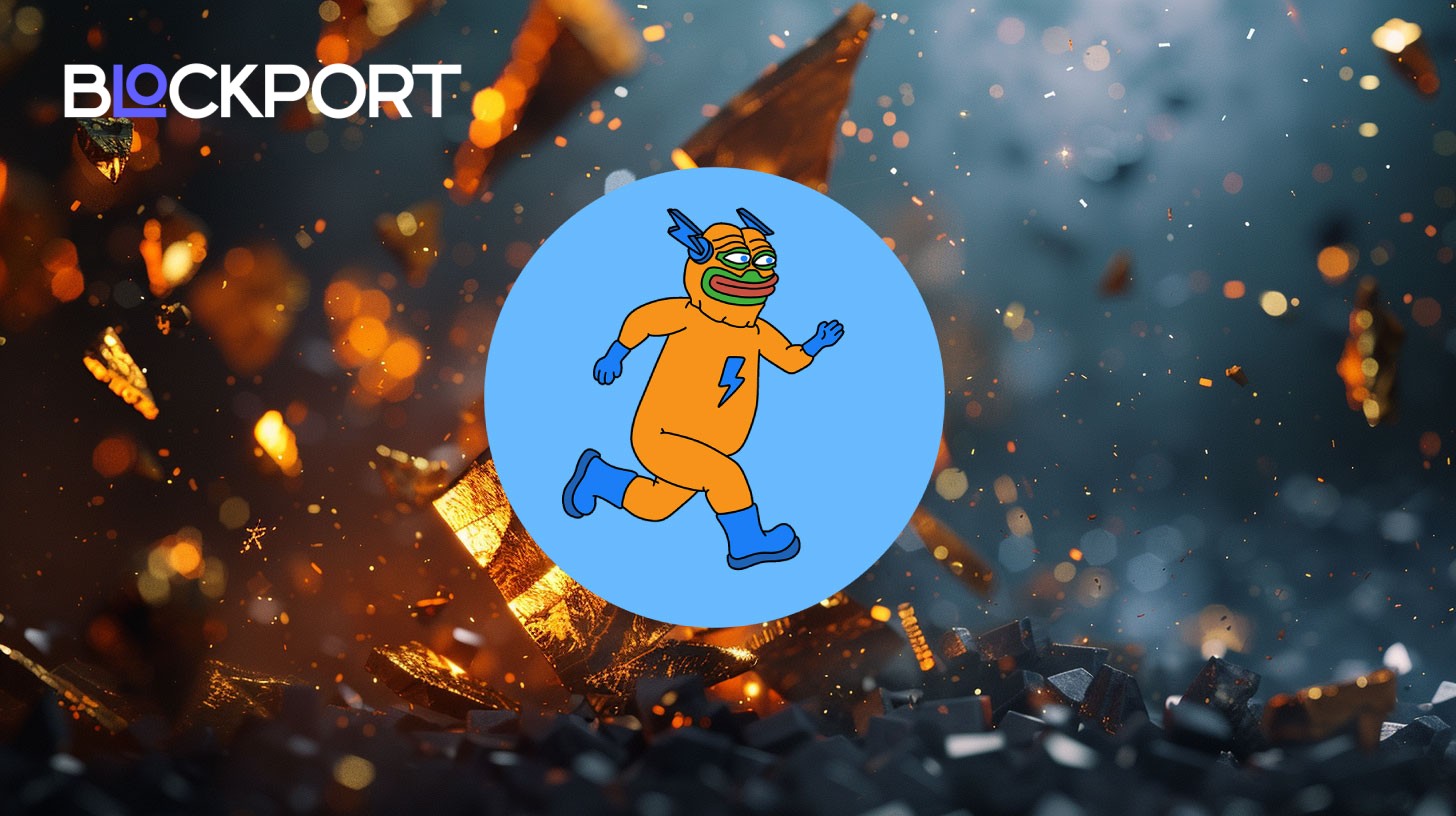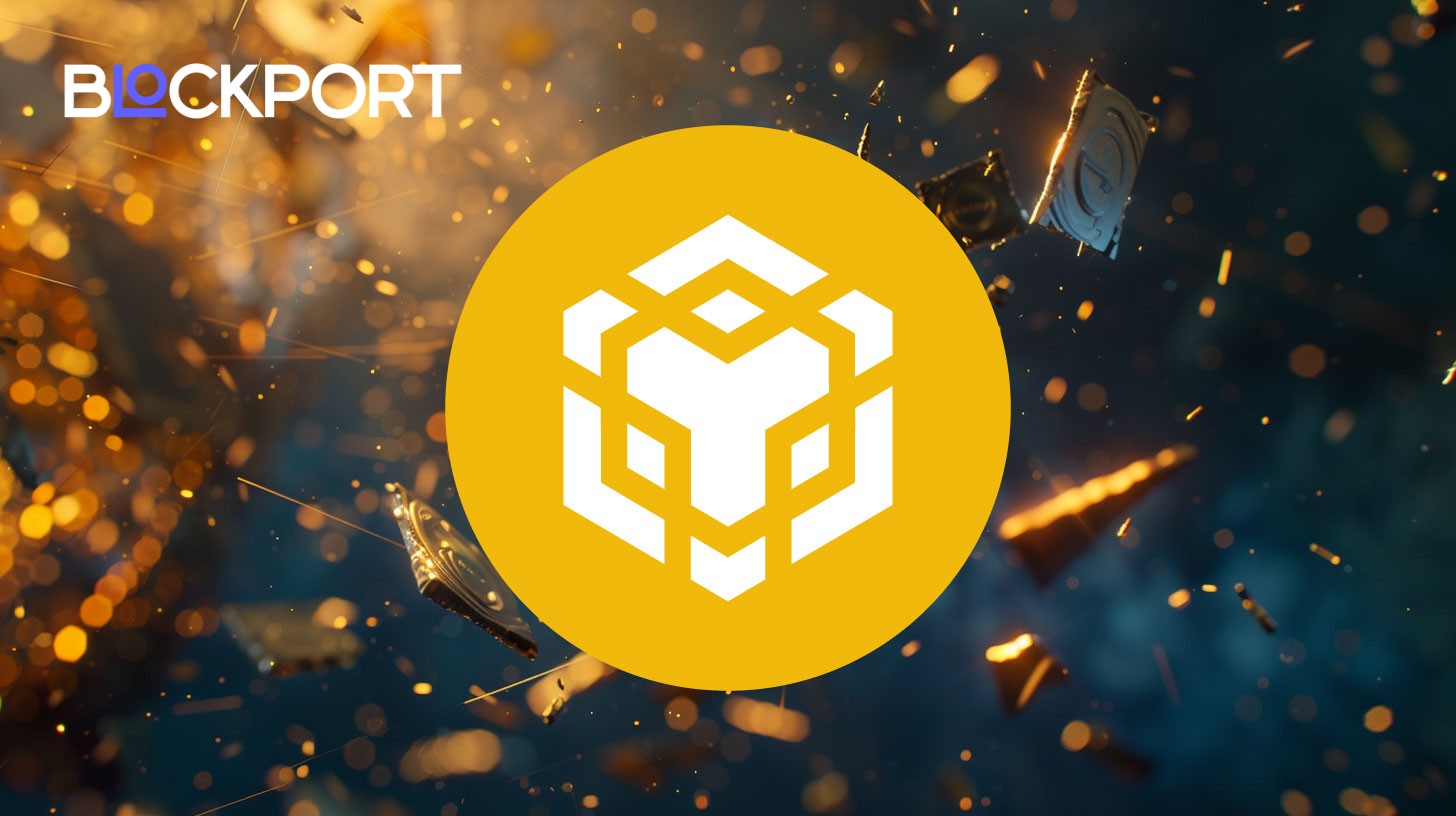Quantum Crucible: Inside Blockchain’s Race to Re-Engineer Core Mechanisms for Survival

Quantum computing is like opening Pandora’s box – filled with incredible possibilities, but also serious cybersecurity risks.
On this page
Quantum computing is gaining momentum among corporations and governments due to its potential to transform multiple industries. Built on the principles of quantum mechanics, these computers are designed to be far more powerful than today’s supercomputers. While the field is advancing quickly, it’s still in the early stages, and most large-scale applications, like chemical simulations or code-breaking, remain 5-15 years away according to industry experts.
Why Quantum Computing Is Breakthrough Technology
What sets quantum computers apart is their ability to process a vast number of possibilities at the same time. Traditional computers use bits, which can be either 0 or 1. But quantum computers use qubits, which can represent 0, 1, or both at once through a property called superposition. This allows a quantum computer with just 300 qubits to theoretically process more information simultaneously than there are atoms in the universe.
Tasks like analyzing massive datasets or running simulations that currently take hours or days could potentially be completed in seconds once quantum computers reach sufficient scale and error correction. With that kind of power, we could see major breakthroughs in drug discovery, logistics, and financial risk analysis.
However, quantum computing also raises serious concerns – especially in cybersecurity. In the future, quantum machines may be able to break widely used encryption methods that are critical for keeping data and digital assets secure.
In recent years, progress in both software and hardware have brought quantum computing closer to real-world applications.
Late in 2024, Google announced its Willow chip, which focuses heavily on quantum error correction, a major step that could significantly reduce error rates. In February 2025, Microsoft introduced Majorana 1, the world’s first quantum chip built using a new design called the Topological Core. The company says this breakthrough could help create powerful quantum computers capable of solving real-world industrial problems in years rather than decades.
Then, in March 2025, NVIDIA revealed plans to build a Quantum Computing Research Center in partnership with labs at Harvard, MIT, and several Boston-based quantum startups.
According to the U.S. National Security Agency, quantum computers with 4,000+ logical qubits could break RSA-2048 encryption, the standard used in most blockchain networks today.
Do Quantum Computers Pose Real Risks to Blockchain Security?
One of the most well-known advantages of blockchains like Bitcoin and Ethereum networks is their strong security, which relies on advanced cryptographic techniques similar to those used by banks. However, unlike banks that store sensitive data on centralized servers, blockchains distribute information across a network of computers.
This decentralized storage adds an extra layer of protection by making it much harder for hackers to attack a single point of failure. Still, despite these protections, researchers are examining how quantum computers could introduce new types of vulnerabilities.
Shor’s Algorithm, used in quantum computing, presents risks for both traditional systems and blockchains. This algorithm is particularly effective at solving the complex math problems underlying the “public key cryptography” that blockchains use to keep your private keys (like the password to your crypto wallet) secure. Think of it this way: your public key is like your bank account number, and your private key is like your PIN. Right now, it’s virtually impossible for a regular computer to figure out your PIN just from your account number. But a powerful quantum computer running Shor’s Algorithm could, in theory, derive your private key from your publicly known address in hours rather than the billions of years it would take classical computers.
Another quantum method, Grover’s Algorithm, could speed up the process of “guessing” other parts of blockchain security, such as how quickly a miner finds a new block. While it doesn’t completely break encryption, it effectively halves the security of hash functions – making SHA-256 as secure as SHA-128, potentially requiring blockchain networks to upgrade to longer hash lengths.
Because blockchains are decentralized and information is stored in a long chain of blocks, quantum computers may speed up hashing, but they can’t easily rewrite history unless they control more than half the network, a feat that is extremely difficult. Centralized systems are more vulnerable in this regard, since if their encryption is broken, an attacker could access or alter data more directly.
How the Blockchain Industry Is Preparing for the Post-Quantum Era
While quantum computing is making progress, so is blockchain. Researchers and cybersecurity experts in the blockchain space are already working to address potential quantum threats.
This isn’t just a theoretical concern. In March 2024, following IBM’s demonstration of quantum error correction improvements, Ethereum co-founder Vitalik Buterin wrote on Ethereum Research:
Suppose that it is announced tomorrow that quantum computers are available, and bad actors already have access to them and are able to use them to steal users’ funds. Preventing such a scenario is the goal of quantum-resistant cryptography (e.g. Winternitz signatures, STARKs).
Buterin explained that Ethereum is already in a strong position to implement a simple recovery fork if a theoretical quantum attack were to occur. Blockchain networks are exploring different approaches for the post-quantum era based on their architecture.
In July 2025, Mysten Labs, the team behind the Sui blockchain, published research focused on newer blockchains like Solana, Sui, and Near that use the edDSA digital signature algorithm. The paper proposed a solution for upgrading and securing networks without requiring future forks.
As for Bitcoin, most quantum-resistant solutions are being developed through Layer 2 (L2) technologies such as the Lightning Network exploring post-quantum payment channels and Bitcoin sidechains implementing lattice-based cryptography. While quantum computers capable of threatening blockchains don’t yet exist, developers are proactively working on solutions. For now, there’s no reason to assume blockchains won’t be able to handle potential quantum attacks when the time comes.
The Possible Future of Blockchains in the Post-Quantum Era
Experts predict there’s a 50% chance that powerful quantum computers could be ready by 2035 and might break the encryption we use today. But blockchains aren’t standing still. Developers are already working on ways to protect networks from these future risks, and some newer blockchains are being built with quantum-resistant tools from the start.
If these efforts succeed, blockchains could become even more secure and trusted in the future, potentially making quantum-resistant blockchains the gold standard for digital security, even surpassing traditional financial institutions that may be slower to adapt to post-quantum cryptography.
Content on BlockPort is provided for informational purposes only and does not constitute financial guidance.
We strive to ensure the accuracy and relevance of the information we share, but we do not guarantee that all content is complete, error-free, or up to date. BlockPort disclaims any liability for losses, mistakes, or actions taken based on the material found on this site.
Always conduct your own research before making financial decisions and consider consulting with a licensed advisor.
For further details, please review our Terms of Use, Privacy Policy, and Disclaimer.




























